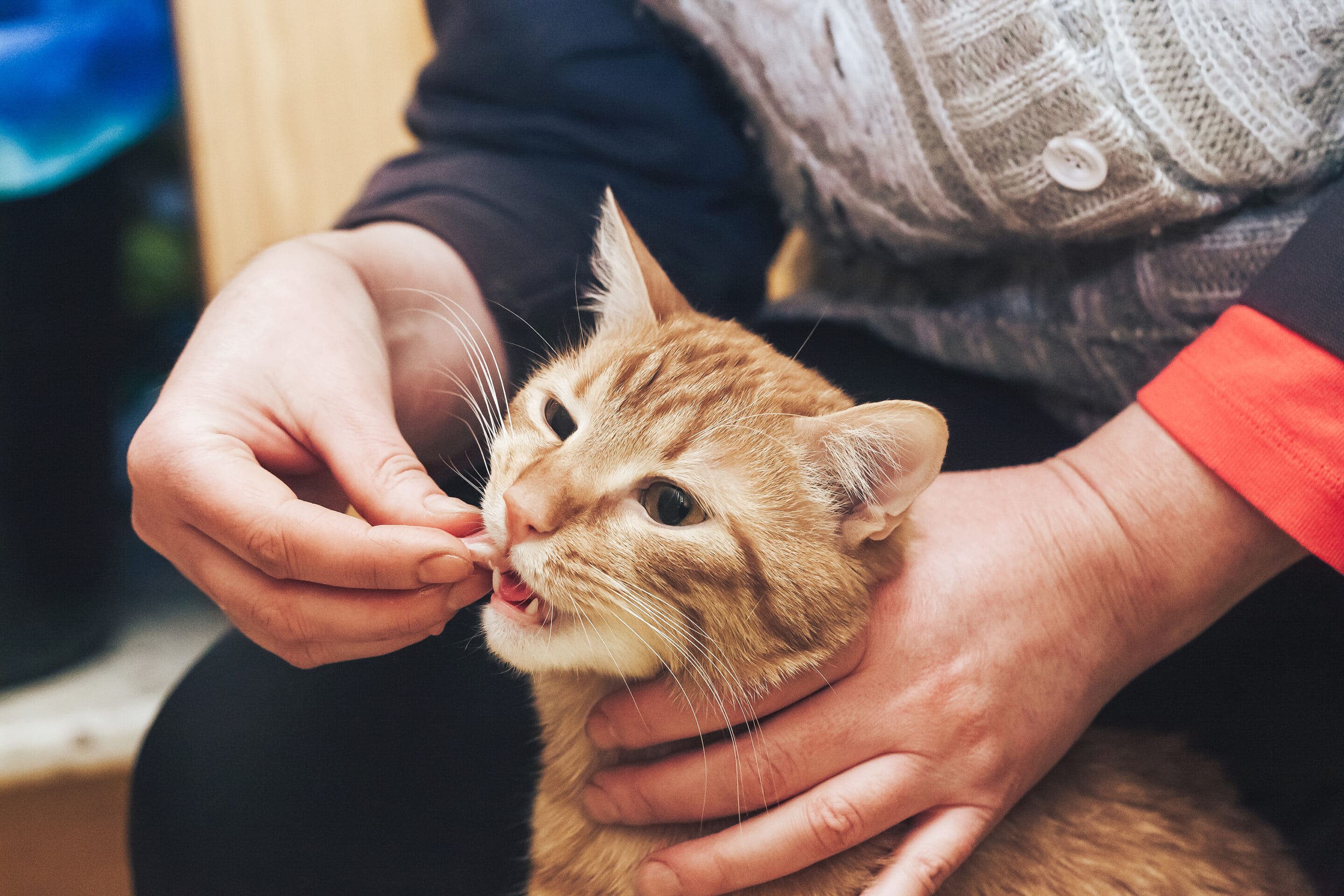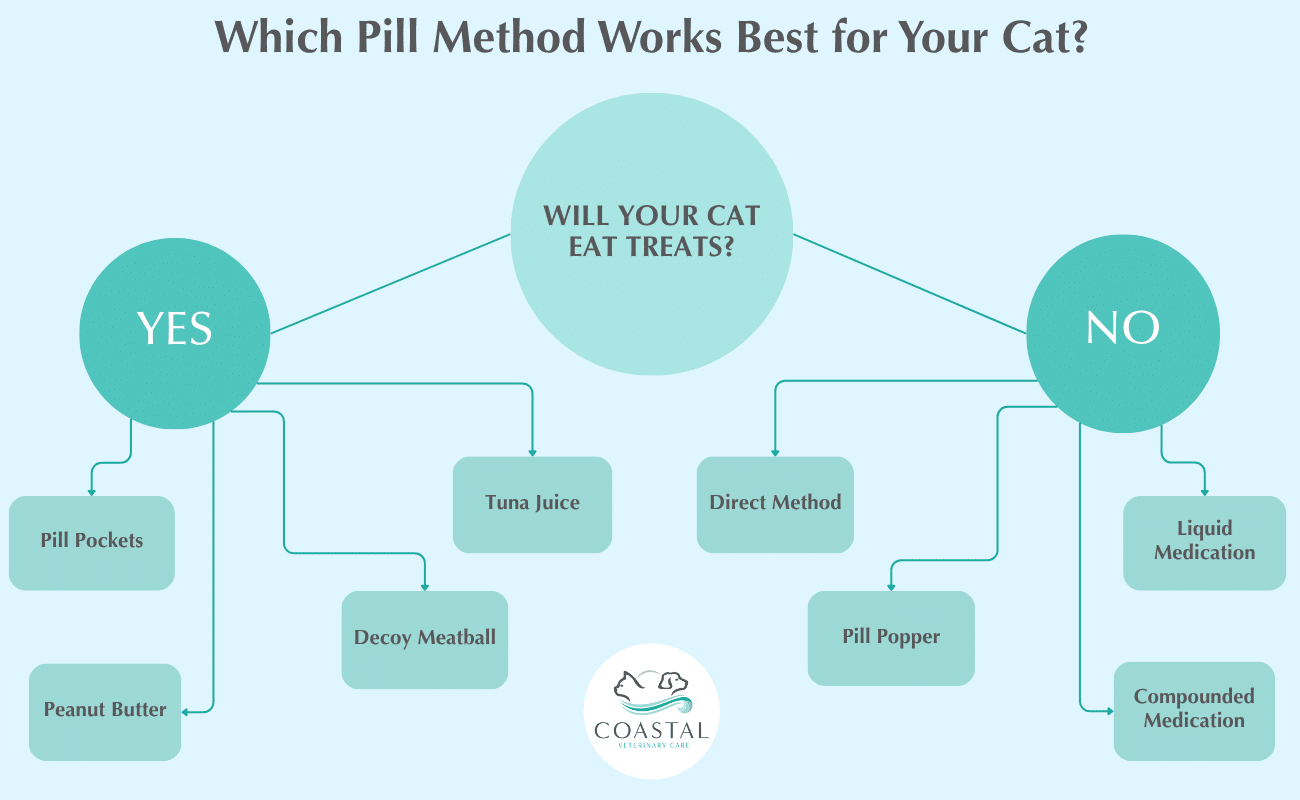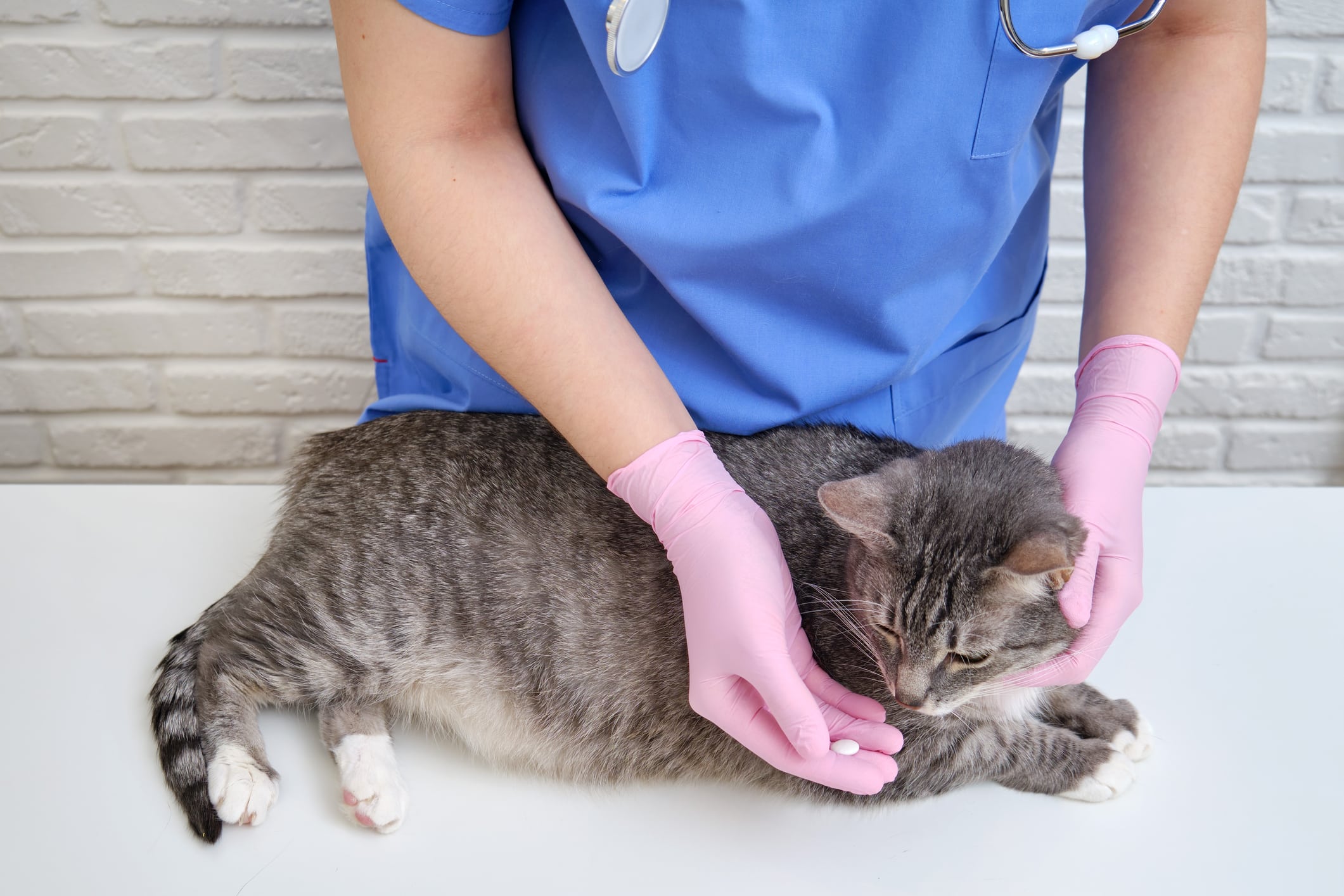How to Get a Cat to Take a Pill: Simple Tricks That Actually Work
If you’ve ever tried giving your feline friend their medicine, you know it can feel like an Olympic sport. Cats are masters at detecting pills hidden in their cat food, spitting out medication you thought they swallowed, or simply running away at the first sign of pill time. The good news? With the right approach and some patience, you can make cat medication time much less stressful for both of you. This guide will walk you through multiple proven different methods so you can find what works best for your stubborn cat.
Why Do Cats Resist Medication?
Cats have incredibly sensitive taste buds and can detect even the smallest pill hidden in their favourite food. They’re also naturally suspicious of anything that disrupts their routine, which makes administering oral medication particularly challenging for cat owners. It’s important to understand that this isn’t about your cat being difficult. It’s simply their instinct to be cautious about what they consume.
Getting a cat to take a pill requires either hiding the medication in food, using a pill pocket or treat, or gently placing it directly in your cat’s mouth using proper technique. The easiest way is finding a method that works for your individual cat and creating a positive association with the experience.
The Food Disguise Method

Hiding Pills in Treats
Many pet owners find success by concealing pills in strong-smelling foods that mask the medication’s scent and taste. Here are foods that work well:
- Pill pockets: These commercial treats are designed specifically to hide cat pills and come in flavors cats love
- Cream cheese: The thick texture helps the pill stick while providing a tasty treat
- Peanut butter: Use cat-safe varieties without xylitol (check with your veterinarian first)
- Soft cheese: Strong-smelling cheeses like cheddar work particularly well
- Wet cat food: Mix crushed pills (if approved by your vet) into a small amount of wet food
- Tuna juice: Coat the pill or mix crushed medication with this liquid cats love
The Decoy Meatball Technique
The decoy meatball method leverages your cat’s natural eating rhythm:
- Create three small balls using wet cat food, cream cheese, or another soft treat
- Hide the pill in the second meatball only
- Give your cat the first meatball quickly
- Immediately follow with the pill-containing meatball while they’re still excited
- Give the third meatball right after to encourage swallowing
This technique works because cats often swallow the second treat quickly without thoroughly checking it.
Direct Administration Methods
The Manual Technique (Step-by-Step Guide)
When food methods don’t work, you’ll need to place the pill directly into your cat’s mouth. Here’s how veterinary professionals recommend doing it:
#1 Positioning:
- Sit with your cat on a comfortable surface at chest height
- Have someone help hold your cat if needed
- Use your non-dominant hand to gently but firmly hold your cat’s head
#2 Opening the Mouth:
- Place your thumb and middle finger on either side of your cat’s mouth behind the whiskers
- Gently tilt your cat’s head back at a 45-degree angle
- Your cat’s lower jaw should naturally drop open slightly
- Use your dominant hand’s index finger to open the mouth further if needed
#3 Placing the Pill:
- Hold the pill between your dominant hand’s thumb and index finger
- Place the pill as far back on the tongue as possible, aiming for the back of the cat’s throat
- Quickly close the mouth and hold it shut
- Gently stroke your cat’s nose and blow softly on their nose to encourage swallowing
- You’ll know they’ve swallowed when they lick their lips

Using a Pill Popper or Pill Shooter
A pill popper (also called a pet piller or pill shooter) is a plastic syringe-like device that helps you place pills at the back of your cat’s throat without putting your fingers near their teeth:
- Load the pill into the pill popper according to instructions
- Position your cat and open their mouth using the same technique above
- Insert the pill popper and push the plunger when the tip reaches the back of the throat
- Follow up with the gentle nose stroke to encourage swallowing
Many vet nurses recommend pill poppers for pet owners who feel nervous about the manual method.
Alternative Medication Forms
Liquid Medication
If your cat absolutely refuses pills in any form, look to see if liquid medication is available. Liquid form cat medication can be:
- Mixed into wet food more easily than pill form
- Administered directly into the cat’s mouth using a syringe
- Sometimes flavored to be more palatable
Compounded Medications
Medication can sometimes be compounded into powder form or transdermal gels that absorb through the skin. This eliminates the need to get pills into your cat’s mouth entirely.

Tips for Success
Create a Positive Experience
Making medication time less stressful helps in the long run:
- Choose a quiet, calm location away from other pets
- Speak in a soothing voice throughout the process
- Use positive reinforcement by giving your cat a tasty treat and affection immediately after
- Keep sessions brief to avoid frustrating your cat
- Never chase or corner your cat before giving medicine
Timing Matters
Research if the medication should be given on an empty stomach or with food. Some medications absorb better without food, while others may cause stomach upset if given alone.
Check for Success
After giving a pill, watch your cat for a few minutes. Some cats are experts at hiding tablets in their cheeks and spitting them out later. If you find the pill on the floor, you’ll need to try again.
When to Ask for Help
If you’ve tried multiple different methods and still can’t get your cat to take their medication, don’t give up. Contact your veterinarian, they may be able to:
- Demonstrate proper technique during an office visit
- Prescribe the medication in a different form
- Suggest alternative treatment options

Making It Easier Over Time
With consistency, most cats become more tolerant of taking medication. The key is finding what works for your individual cat and sticking with it. Some cats respond better to the treat method, while others do better with quick, confident direct administration. There’s no single “right” way, only what works for you and your feline companion.
Need Help with Your Cat’s Medication?
At Coastal Veterinary Care in Myrtle Beach, our compassionate team understands that administering cat medication can be challenging for pet owners. Our staff can demonstrate proper pill-giving techniques and help you find the best approach for your cat’s personality and medical needs. We’re committed to empowering you with the education and support you need to care for your pet confidently.
If you’re struggling to give your cat their medication or have questions about the best method for your situation, contact our office today. We’re here to help ensure your feline friend gets the care they need while keeping stress levels low for everyone involved. Your cat’s health is our priority, and we’ll work with you to find a solution that works.
Choose Coastal Veterinary Care in Myrtle Beach, SC
At Coastal Veterinary Care, we can help you determine an appropriate veterinary schedule that best supports your pet’s needs. From planning regular routine visits to understanding what to look for to identify when your pet may need to be seen to evaluate a specific injury or illness, we are here to help you make sure your pet gets the best possible care. Contact us today to learn more about why we are a trusted choice among pet owners in the Myrtle Beach, SC, area or to schedule an appointment!
